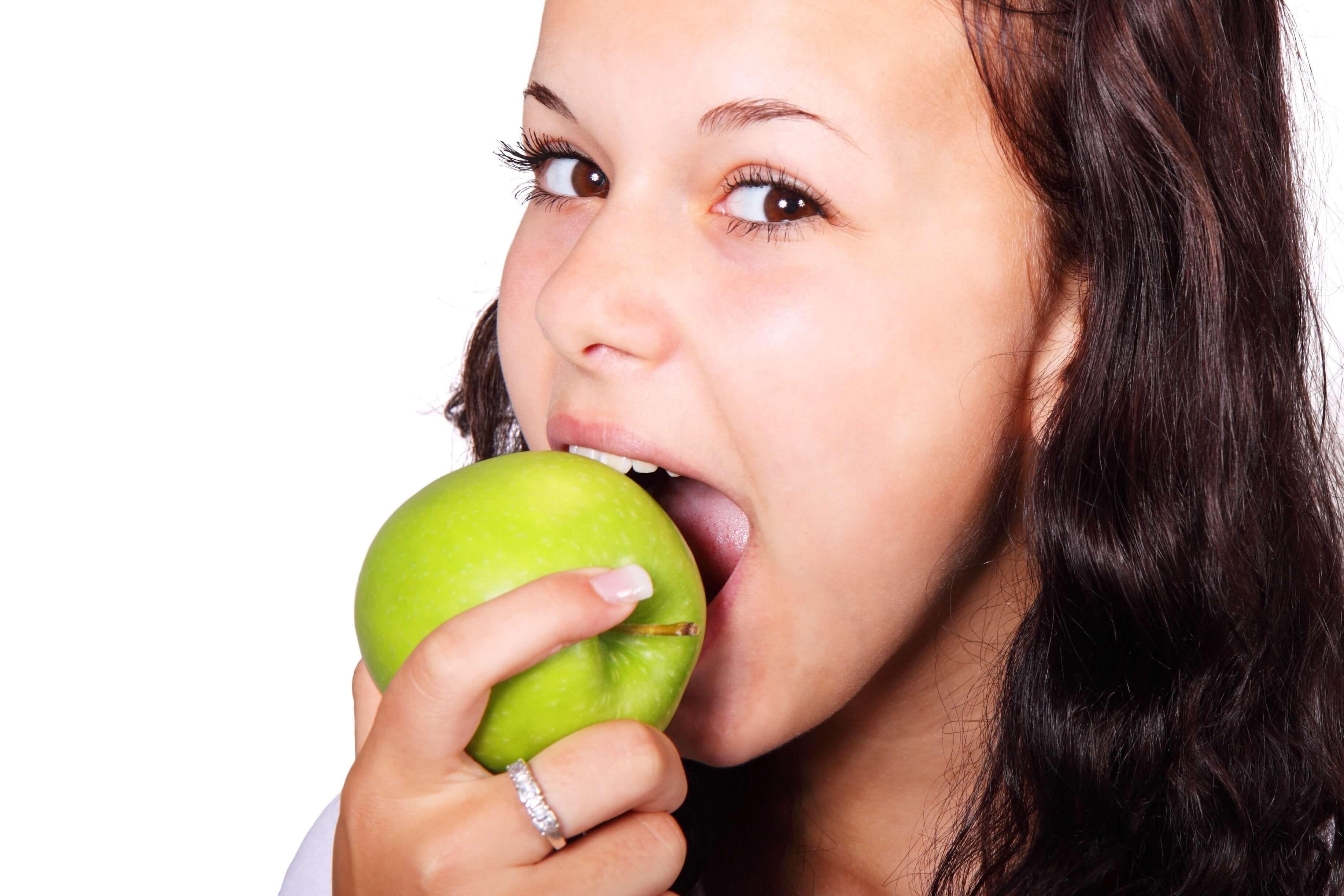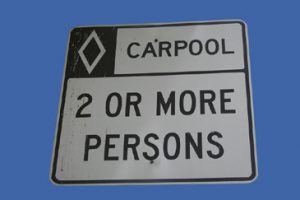
Fad diets and conflicting nutritional information can make trying to eat healthy hard. Take a look at some of the trendiest food fads, and find out why you shouldn’t feel guilty for not following a strict diet.
Ketogenic Diet
You have probably heard of Atkins, but Atkins has nothing on the ketogenic diet. With keto, you need to keep your total carbohydrate intake under 20 to 50 grams per day. That means nixing sweet sugary foods, breads (even whole grains ones), and even fruit. For instance, the common apple has about 25 grams of carbohydrates alone – yeesh! In this diet, you consume mostly fat and a moderate amount of protein.
The “keto” in a ketogenic diet comes from fuel molecules called “ketones.” Ketones are produced by eating fat and act as fuel for the body, used when glucose is in short supply. On a ketogenic diet, your body switches its fuel supply to run almost entirely on fat. Proponents of the ketogenic diet say that this helps increase fat burning dramatically. However, it’s extremely hard to eat extremely low carb for long periods of time before finding yourself face first in an ice cream sandwich and ditching the entire diet for something a bit more sustainable.
Paleo Diet
The paleo diet is similar to the ketogenic diet in that it promotes eating fewer grains, lots of fat, and plenty of protein. However, it stems from a whole different reason. The paleo diet (short for Paleolithic diet) promotes eating like humans used to eat back in the caveman days. The premise is that our bodies haven’t developed to eat modern foods that stemmed from the agricultural revolution, such as wheat, rice, corn, and so on. Therefore, on the paleo diet, you cut out all grains, sugar, dairy, and processed foods. You load up on fruits, vegetables, fat, and loads of protein.
Proponents of the diet say that eating fewer grains and more protein helps shed pounds while feeling full and satiated. However, according to a recent article in the New York Times, experts aren’t even sure if eating more than the recommended amount of protein per day is a good thing for your body. “[Eating a high amount of protein is] an experiment,” says Dr. John E. Swartzberg of the University of California in the article. “No one can tell you the long-term effects, and that’s what worries me as a physician.” Yikes! Maybe there’s a reason humans discovered agriculture.
Clean Eating
Clean eating isn’t exactly a fad diet, but does have the potential to be unhealthy if it becomes a dangerous fixation. With the eating clean “diet,” you simply eat as many unprocessed foods closest to their natural state as possible – eating an apple instead of apple juice or applesauce, for example. Clean eating forces you to take a look at ingredients in the food you buy and discourages anything with additives or preservatives – basically anything you can’t pronounce.
No one can argue that choosing quinoa over French fries isn’t healthy. However, while eating clean, reading labels, and being more aware of the foods you’re eating is generally a great idea, for some, it can become an obsession. According to the National Eating Disorder Association, this is known as orthorexia, a condition in which someone becomes fixated on food quality and purity and experiences a great deal of stress and preoccupation with eating “clean” foods.
Food doesn’t have a moral value. It isn’t innately “bad” or “good” and neither are you for choosing one or the other. While healthy eating should be a priority, it should never become an obsession or cause you to feel guilt. It’s all about balance. So, feel free to skip the trendy food fads and ditch the guilt. Indulge in an Oreo once in a while. Remember, everything in moderation!





